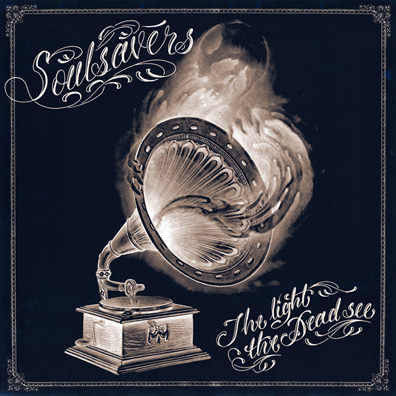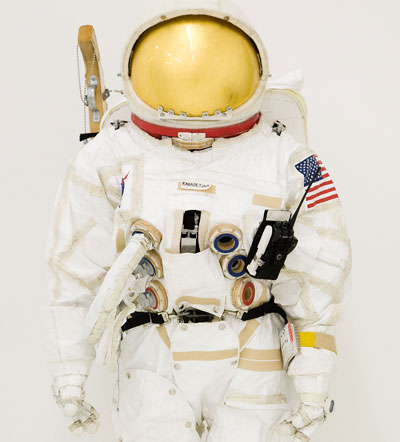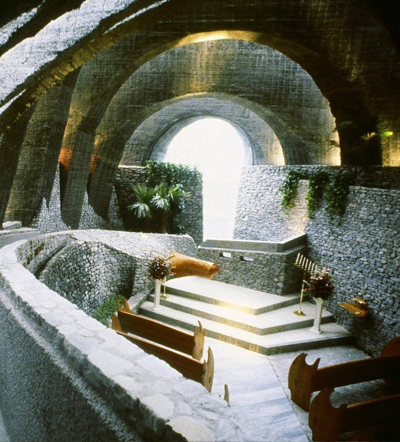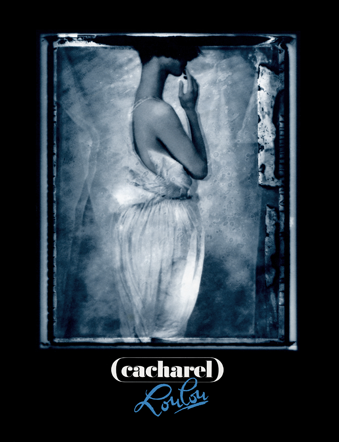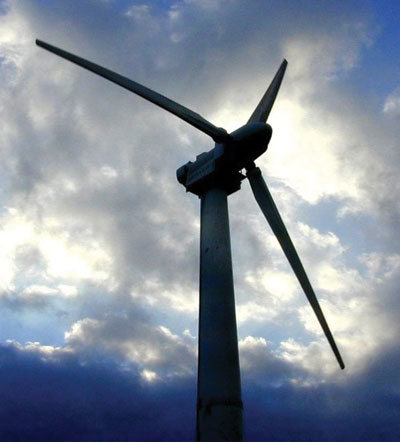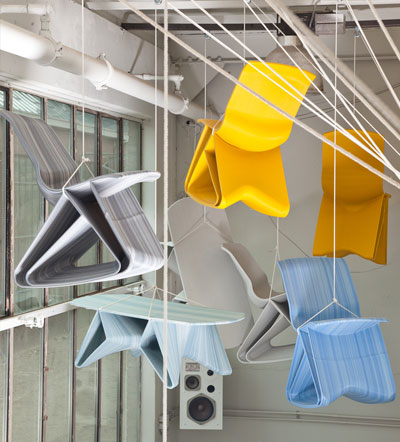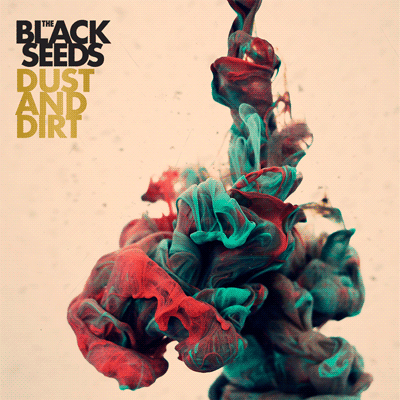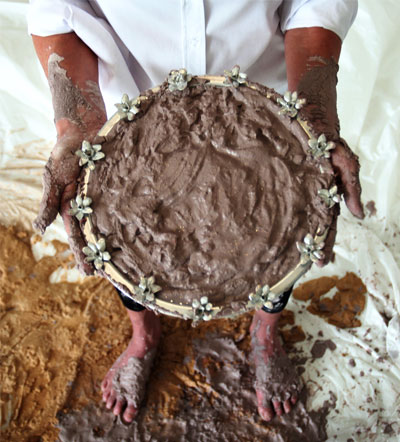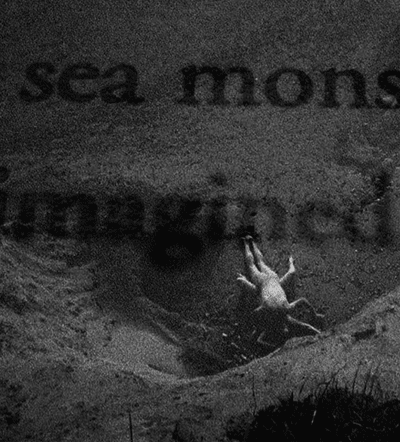
© Magdalena Wosinska
In 1995 Larry Clark released Kids, a startling movie about the reckless lives of skateboarders and their circle of teenagers in New York City. Magdalena Wosinska, then 13, remembers being influenced and disturbed by the film as a skateboarder in Arizona. At the time, her days were spent skating in 118° weather. After meeting Harold Hunter, Anthony Korea, and Todd Jordan, who were a part of Clark’s infamous film, Wosinska picked up a camera to document her friends, and began her life as a photographer and musician. While on tour as the guitarist with Green & Wood, a band she started six years ago with renowned skateboarder Ethan Fowler, Wosinska has created an intimate body of work that has an honest attitude, much like the artist herself.
“I love what I shoot, it’s my real life, it’s my breath. I couldn’t ask for anything more” Wosinska tells PLANET. Perhaps this is what enables her to breathe life into ad campaigns for street-approved brands like Converse sneakers. Although Wosinska’s background is unusual and a bit wild, her personality is infused with professionalism. Still, she insists on using simple point-and-shoot cameras, maintaining spontaneity. “Just give me a camera and let me shoot,” she says.




 Facebook
Facebook Permalink
Permalink Digg
Digg Reddit
Reddit LinkedIn
LinkedIn StumbleUpon
StumbleUpon Tumblr
Tumblr
